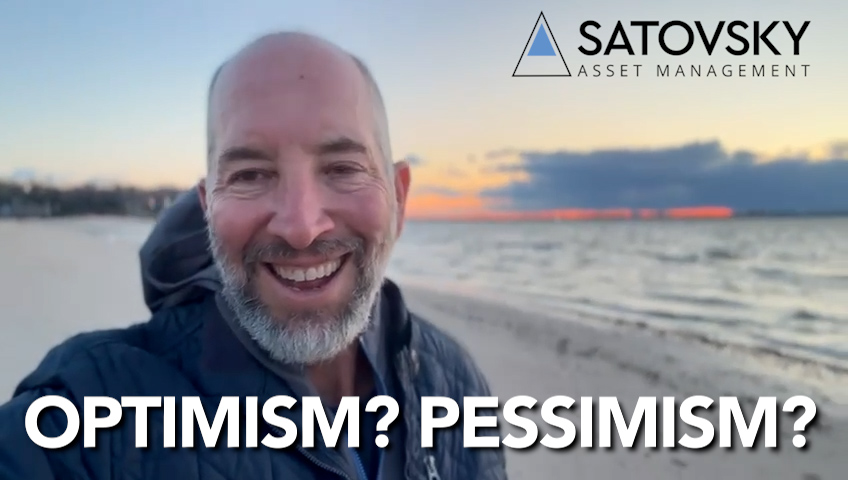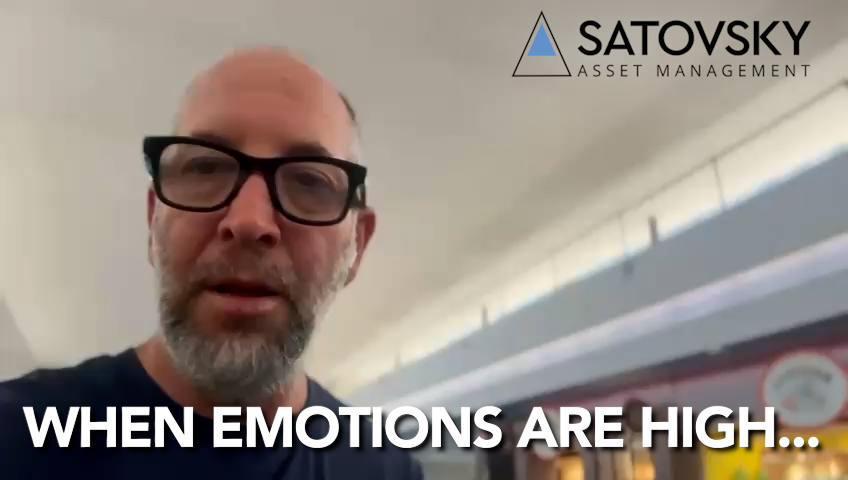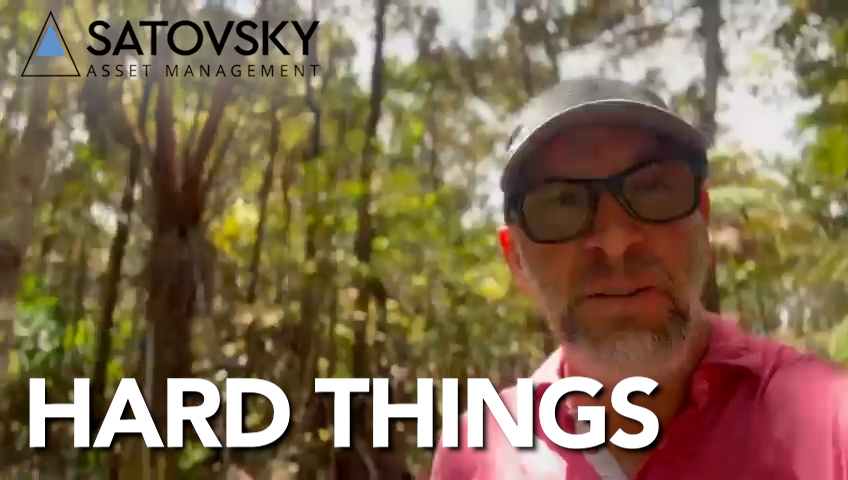Good morning, good afternoon, good evening. Depending on the part of the world you’re in. This is Jonathan Satovsky of Satovsky Asset Management and on today’s episode of “Seeking Wisdom, Wealth, and Wellness,” I wanted to try a little experiment with a whiteboard. So let’s try this. I want to talk about the idea of expectations.
Currently, we have a 10-year Treasury in the United States, and the 10-year Treasury, for those of you that don’t follow, is considered the risk-free rate of return around the world. You can argue whether that’s true or not but let’s just work off this premise. The vast majority of assets around the world are priced off what you can earn from a 10-year Treasury bond. Historically, if you go out and you own businesses, the conglomeration of businesses in the United States has generally provided a 5% risk premium over Treasuries—because why would you start a business if you can’t earn a return in excess of the Treasury, why would you bother taking the risk? And the reason that’s important is because, in broad terms, with normal standard deviation, or volatility of 15 to 20%—I’ll show you on the extreme side—in some years the business can be up 28% and some years the business could be down as much as 12%.
Now that spread represents two-thirds of the statistical possibilities, 67% of the statistical possibilities, in a calendar year. If you extend this one extra standard deviation, you end up at minus 32 and positive 48. This represents 95% of the statistical possibilities in a calendar year. So that means theoretically over the course of 100 years, 95% of the years or 95 out of 100 years, you’re going to end up being in this range from positive 48 to minus 32. But most of the experience ends up being in the middle and that’s what people are used to.
The extremes are not what people are used to. Now these extremes have happened before. In fact, more frequently they’re called black swan events or unexpected events because outside of the norm is not what someone expects. This outside of the norm expectation is not uncommon.
In fact, breaching below this happens every two and a half years on average, going back to 1800 when you look at the statistics. So this is not pleasant, this is not what anyone wants to experience, but in order to achieve a higher sustainable return, you’ve got to be able to endure a pretty lumpy experience. So, I’m going to close the whiteboard and stop on that just to remind you that wherever you are at in this moment in time, for expectation purposes, you have to understand the range of outcomes and calibrate accordingly—the money you may need under five years, you want to have at low volatility so that you can have enough to sleep at night, and then have longer-term money that you can live without being a forced seller of the ups and downs, through good times, bad times, recessions, and all the like. So that’s the lesson, have a wonderful day, and I hope you enjoyed the whiteboard.




